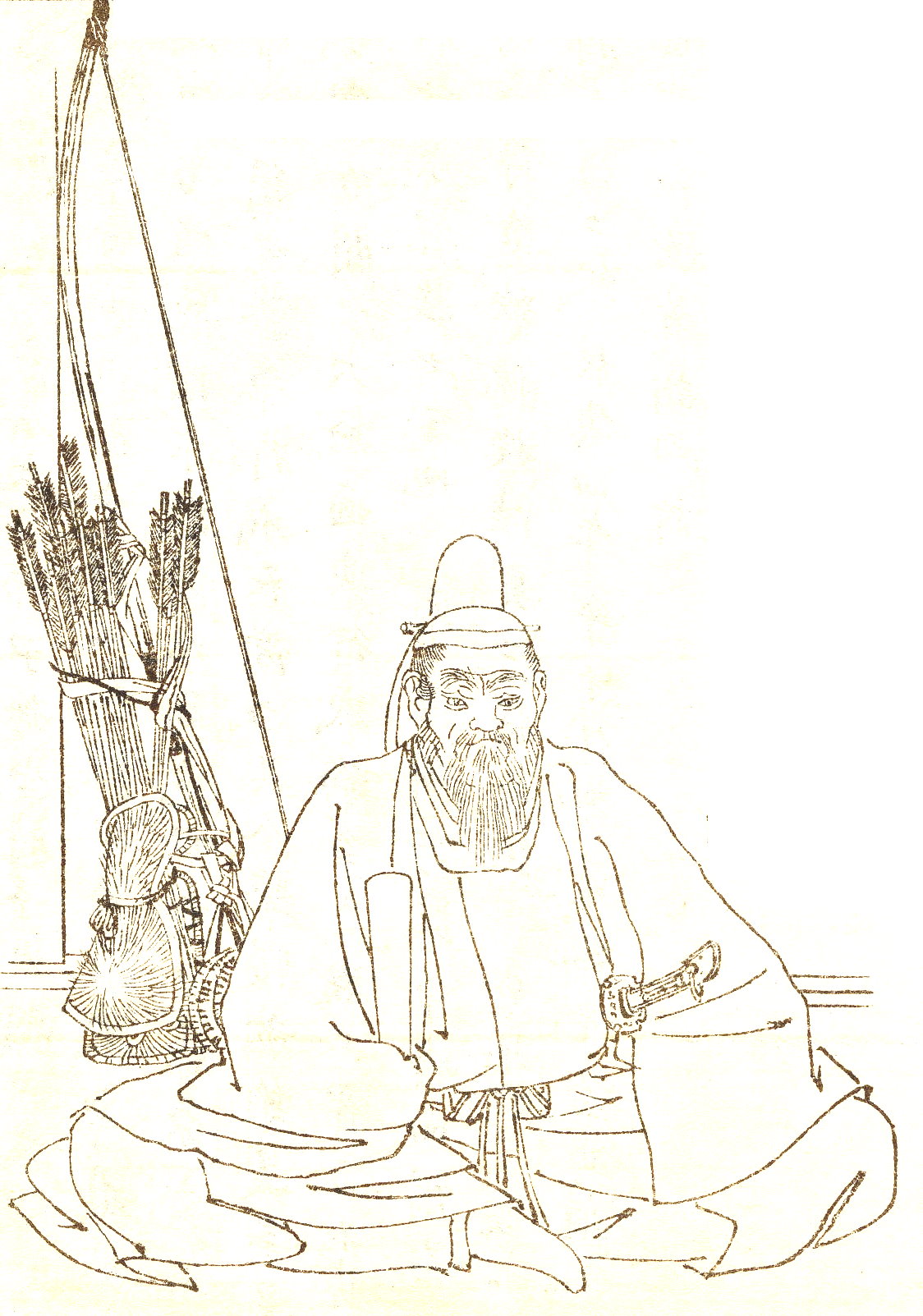|
Tada Shrine
is a Shinto shrine in the Tadadokoro neighborhood of the city of Kawanishi, Hyōgo, Kawanishi in Hyōgo Prefecture, Japan. The shrine is also called ‘Tada-Daigongen-Sha’ or ‘Kansai Nikko’, literally, ‘Nikko of Western Japan’. This shrine is the shrine of the Seiwa Genji clan from which Minamoto no Yoritomo and many subsequent Shogun and ''daimyō'' clans claimed descent. This shrine is one of Three Genji Shrines, with Rokusonnō Shrine in Kyoto Prefecture, Kyoto and Tsuboi Hachimangū in Osaka Prefecture, Osaka. The shrine was designated a Monuments of Japan, National Historic Site in 1951. Enshrined ''kami'' The ''kami'' enshrined at Tada Jinja are: * , also known as * * * * History In 970, Settsu Province, Settsu-no-kami Minamoto no Mitsunaka, the founder of the Seiwa Genji clan, received an oracle from Sumiyoshi Taisha, Sumiyoshi Ōkami to established his residence in what is now Kawanishi. A temple (commonly known as Tada-in) was built, as Mitsunaka, converte ... [...More Info...] [...Related Items...] OR: [Wikipedia] [Google] [Baidu] |
Shinto
Shinto () is a religion from Japan. Classified as an East Asian religion by scholars of religion, its practitioners often regard it as Japan's indigenous religion and as a nature religion. Scholars sometimes call its practitioners ''Shintoists'', although adherents rarely use that term themselves. There is no central authority in control of Shinto, with much diversity of belief and practice evident among practitioners. A polytheistic and animistic religion, Shinto revolves around supernatural entities called the . The are believed to inhabit all things, including forces of nature and prominent landscape locations. The are worshiped at household shrines, family shrines, and ''jinja'' public shrines. The latter are staffed by priests, known as , who oversee offerings of food and drink to the specific enshrined at that location. This is done to cultivate harmony between humans and and to solicit the latter's blessing. Other common rituals include the dances, rites of pass ... [...More Info...] [...Related Items...] OR: [Wikipedia] [Google] [Baidu] |
Minamoto No Mitsunaka
was a Japanese samurai and court official of the Heian period. He served as '' Chinjufu-shōgun'' and acting governor of Settsu Province''.'' His association with the Fujiwara clan made him one of the wealthiest and most powerful courtiers of his day. He was also the predecessor of Takeda ryu. Biography He was born on April 29, 912, as Myoomaru (明王丸), the son of Minamoto no Tsunemoto. He belonged to the Seiwa Genji branch of the Minamoto clan, which traced its ancestry to Emperor Seiwa. He loyally (if not selflessly) served several successive Fujiwara regents ('' sessho and kampaku'') beginning with Fujiwara no Morotada. There is debate among scholars as to his involvement in the Anna Plot of 969 (named for the era it took place in). All agree that Mitsunaka alleged that Minamoto no Takaakira was plotting against the Emperor. However, whilst some believe that there was a genuine threat to the Emperor, and that it was Mitsunaka's warning that prevented the plot from succ ... [...More Info...] [...Related Items...] OR: [Wikipedia] [Google] [Baidu] |
Shōen
A was a field or manor in Japan. The Japanese term comes from the Tang dynasty Chinese term "莊園" (Mandarin: ''zhuāngyuán'', Cantonese: ''zong1 jyun4''). Shōen, from about the 8th to the late 15th century, describes any of the private, tax free, often autonomous estates or manors whose rise undermined the political and economic power of the emperor and contributed to the growth of powerful local clans. The estates developed from land tracts assigned to officially sanctioned Shintō shrines or Buddhist temples or granted by the emperor as gifts to the Imperial family, friends, or officials. As these estates grew, they became independent of the civil administrative system and contributed to the rise of a local military class. With the establishment of the Kamakura shogunate, or military dictatorship, in 1192, centrally appointed stewards weakened the power of these local landlords. The shōen system passed out of existence around the middle of the 15th century, when village ... [...More Info...] [...Related Items...] OR: [Wikipedia] [Google] [Baidu] |
Kamakura Shogunate
The was the feudal military government of Japan during the Kamakura period from 1185 to 1333. Nussbaum, Louis-Frédéric. (2005)"''Kamakura-jidai''"in ''Japan Encyclopedia'', p. 459. The Kamakura shogunate was established by Minamoto no Yoritomo after victory in the Genpei War and appointing himself as ''shōgun''. Yoritomo governed Japan as military dictator from the eastern city of Kamakura with the emperor of Japan and his Imperial Court in the official capital city of Heian-kyō (Kyoto) as figureheads. The Kamakura ''shōguns'' were members of the Minamoto clan until 1226, the Fujiwara clan until 1252, and the last six were minor princes of the imperial family.Nussbaum"Minamoto"at pp. 632–633. The Hōjō clan were the ''de facto'' rulers of Japan as ''shikken'' (regent) of the ''shōgun'' from 1203.Nussbaum"Fujiwara"at pp. 200–201. The Kamakura shogunate saw the Jōkyū War in 1221 and the Mongol invasions of Japan under Kublai Khan in 1274 and 1281. The Kamaku ... [...More Info...] [...Related Items...] OR: [Wikipedia] [Google] [Baidu] |



